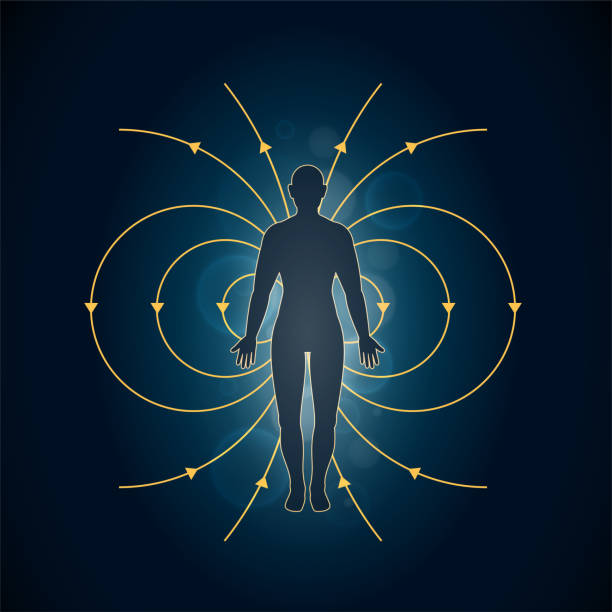Key Takeaways
- Pressure therapies can significantly enhance physical recovery.
- Both ancient and modern practices emphasize pressure as a key healing method.
- Scientific evidence supports the effectiveness of pressure therapy in various conditions.
- Incorporating pressure techniques can improve overall well-being.
Understanding Pressure Therapy
Pressure therapy is a fascinating domain in complementary and alternative medicine. It encompasses many techniques designed to harness the body’s natural healing mechanisms. Historically, acupressure and therapeutic massage have been relied upon to restore balance and promote health. Recently, advanced techniques like hyperbaric oxygen therapy Dubai have gained prominence, adding a modern twist to age-old wisdom. Pressure therapy involves the application of pressure to various body parts, helping to relieve discomfort and improve functionality. It combines traditional and modern methods, highlighting its relevance in healthcare. The therapy stimulates internal systems, enhancing energy flow and circulation, essential for healing. Growing recognition of integrative health approaches brings pressure therapy into mainstream discussions, supported by anecdotal and scientific evidence. It is a key element in promoting holistic health and well-being.
The Importance of Blood Flow
Healthy blood flow is vital for transporting nutrients and oxygen, aiding tissue repair, and maintaining cellular health. Pressure therapy enhances circulation, promoting recovery, especially after intense physical activity or injury. Effective blood circulation is essential for energy levels and regeneration. Improved blood flow supports mental clarity and emotional well-being, contributing to holistic health. Overall, therapeutic pressure can significantly benefit both physical and psychological health.
Popular Pressure Techniques
- Acupressure: Originating from traditional Chinese medicine, acupressure involves applying dynamic pressure to specific points on the body. This technique aims to balance energy flow, or Qi, and mitigate blockages that cause discomfort.
- Massage: Massage therapy is celebrated worldwide, nurtured by its capability to reduce muscle tension and promote profound relaxation. Muscle and connective tissue stimulation is an essential recovery method that improves blood flow and flexibility.
- Compression Therapy: Employing garments or devices to exert pressure, compression therapy bolsters venous return, minimizes swelling, and enhances circulation. Athletes frequently adopt this method to expedite recovery and to improve performance metrics.
Scientific Evidence Supporting Pressure Therapy
Scientific studies support pressure therapy’s credibility, highlighting its benefits, particularly in improving mobility and reducing pain. Research in the Journal of Bodywork and Movement Therapy supports its effectiveness in treating chronic pain, stress, and circulatory issues. As we better understand how it works, pressure therapy is anticipated to become more widely recognized and used in medical practices, uniting scientific findings with traditional approaches to improve health outcomes.
Real-Life Applications
Pressure therapy has significant real-world applications that enhance everyday functionality. Athletes use compression garments to maintain performance and prevent injuries, while individuals with chronic pain benefit from targeted massage and acupressure. These therapies cater to diverse needs, providing accessible solutions that promote wellness and quality of life. Additionally, pressure-based therapies appeal to various demographics by facilitating recovery and improving overall vitality, attracting many individuals seeking effective and convenient health enhancements.
Incorporating Pressure Therapy into Daily Life
Embracing pressure therapy can seamlessly incorporate daily routines with minimal lifestyle changes. Simple practices like self-massage with handheld tools and wearing compression clothing during physical activities can enhance health over time. These techniques promote recovery and reduce stress while also providing mental peace. Pressure therapy fits well into modern living, offering holistic benefits that support health-conscious practices.
Conclusion
The expanse of pressure therapy, rooted in tradition and reinforced by science, offers a compelling narrative for those keen on exploring natural healing methodologies. Its efficacy in promoting health and recovery unfolds through conventional and contemporary lenses, presenting countless opportunities to enhance well-being. The pivotal role of pressure therapy in advancing holistic health is undeniable, fostering an equilibrium in which the body and mind are poised for optimal performance and resilience.



